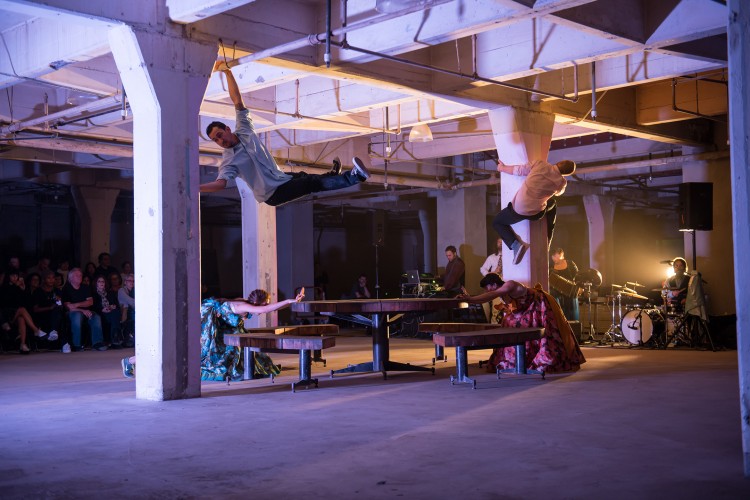What Cities Need Now
Artists and cultural organizations are facing displacement at an alarming rate because of rising real estate values in many urban centers, redevelopment, city planning challenges, natural disasters, and other pressures.
Whether through displacement, development, redevelopment, or gentrification, cultural organizations’ current business models do not provide the capitalization, flexibility, and organizational capacity needed to survive and sustain themselves in a changing real estate marketplace.
64%
The increase in rents since 2010 in the three US cities with the largest number of artists per capita — San Francisco, Los Angeles, and New York City.
It’s a classic case: Artists arrive in a neighborhood, making it more desirable. So developers move in and prices go up. That squeezes out the artists who put it on the map.
Colorado Public Radio
MoreThe Katrina Effect
Natural disasters force artists and cultural organizations to relocate and find alternative sources of support.
More346
Closures
Number of New York City music venues, galleries, and theaters that have closed since 2011.
The people who blame artists for gentrification imagine artists as white middle-class newcomers to neighborhoods; but there are long-term culture-makers from the underclass that matter. Art comes in all colors…
Rebecca Solnit
Creative Time Reports
68%
Percentage of San Francisco nonprofits that may need to make a decision about moving in the next five years due to rising rents, according to a 2015 survey.

